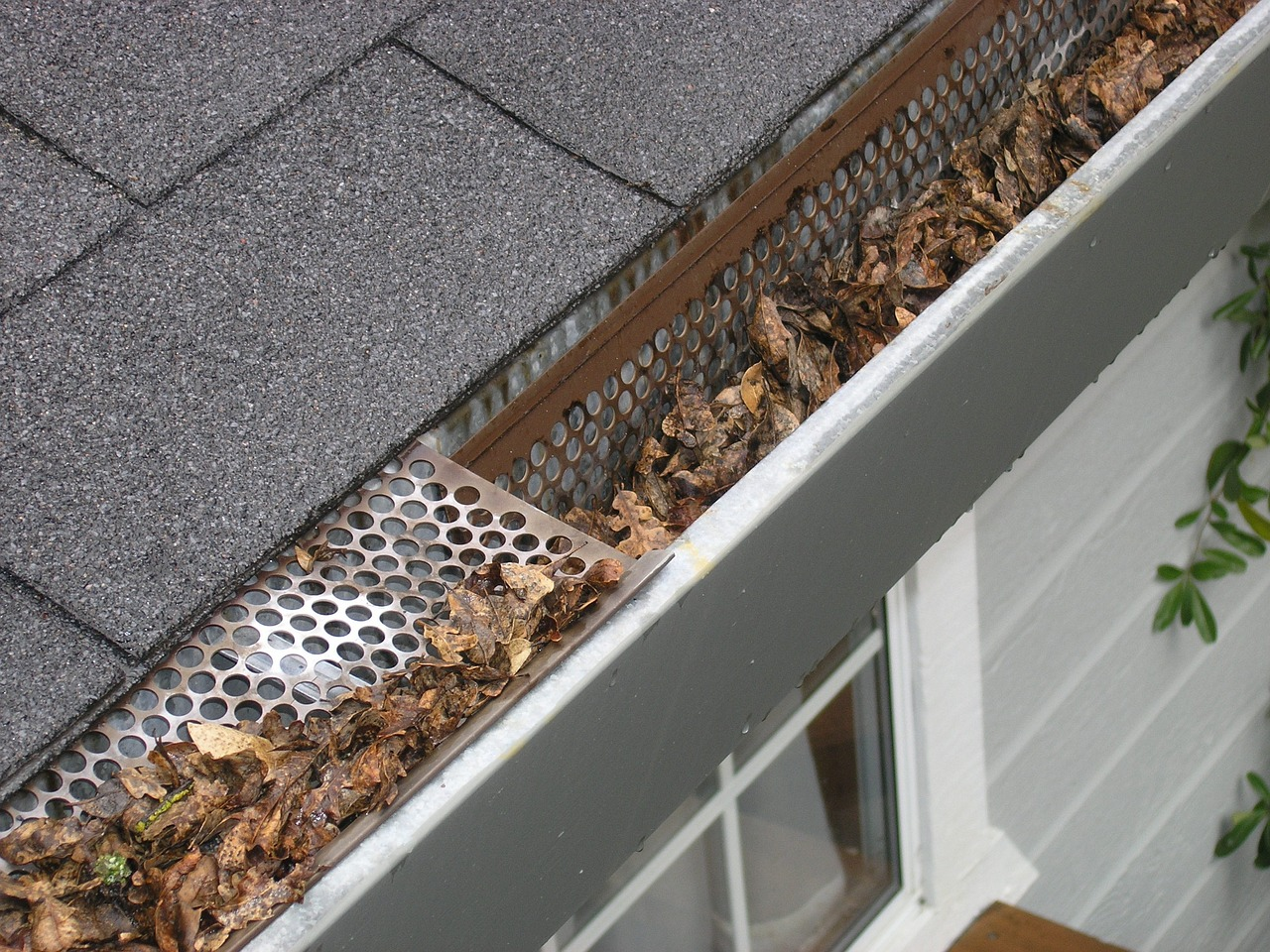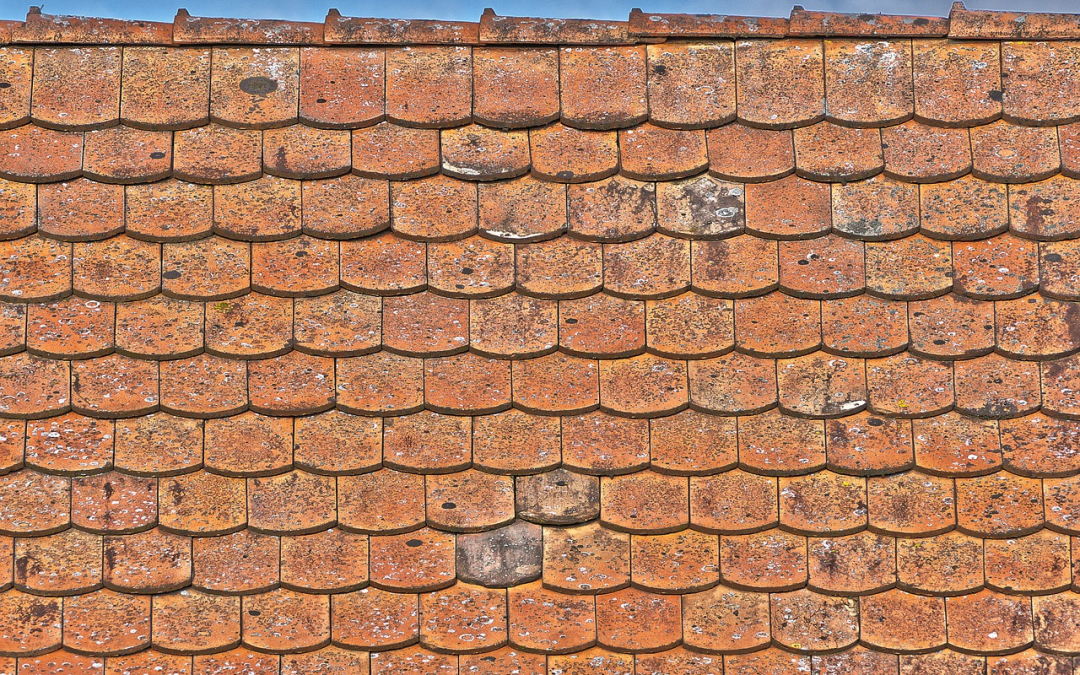Roofing issues can quickly escalate from minor inconveniences to major problems if left unaddressed. Whether it’s a small leak or significant structural damage, addressing these problems early is key to protecting your home and avoiding costly repairs down the line. In this guide, we’ll explore common roofing issues and offer professional tips on how to resolve them quickly and efficiently.
1. Roof Leaks
One of the most common roofing issues homeowners face is leaking. Roof leaks can occur for various reasons, including damaged or missing shingles, improperly sealed flashings, or clogged gutters. When you notice water stains on your ceiling or walls, it’s often a sign of a roof leak that needs immediate attention. Experts recommend contacting a professional for roof leak repair as soon as possible to prevent further water damage. Quick action can save your home from more severe issues like mold growth, rotting wood, or compromised insulation.
2. Damaged or Missing Shingles
Over time, shingles can become damaged due to harsh weather conditions, such as strong winds, heavy rains, or hailstorms. Missing or broken shingles expose your roof to the elements, leading to leaks and structural damage. Regularly inspecting your roof for damaged or missing shingles is crucial in maintaining its integrity. If you spot any issues, it’s essential to have them repaired or replaced immediately. A professional roofing contractor can assess the situation and quickly replace any shingles to prevent further damage.
3. Clogged Gutters

Clogged gutters may seem like a minor issue, but they can lead to significant roofing problems if not addressed promptly. When gutters are blocked with leaves, debris, or other materials, water can’t properly drain off your roof. This can result in water pooling on the roof, which eventually seeps into your home, causing leaks and water damage. To avoid this, clean your gutters regularly and ensure that water flows freely away from your roof. Installing gutter guards can also help prevent debris buildup and reduce the need for frequent cleaning.
4. Improperly Installed Flashing
Flashing is a crucial component of your roof that helps seal joints and prevent water from entering your home. It is typically installed around chimneys, vents, skylights, and other roof penetrations. If the flashing is improperly installed or damaged, it can lead to water infiltration and cause significant damage over time. If you suspect issues with your flashing, have a roofing professional inspect it to ensure it’s installed correctly and performing its job of keeping your home watertight.
5. Ponding Water
Ponding water is a common issue for flat or low-slope roofs, where water collects in certain areas rather than draining off efficiently. This stagnant water can cause significant problems if left unaddressed, as it increases the risk of leaks, mold growth, and even structural damage over time. When water sits on the roof for extended periods, it can weaken the roofing materials, causing them to degrade faster than expected. Additionally, constant exposure to moisture can lead to the formation of mold, which not only damages the roof but can also pose health risks to the occupants of the home.
If ponding water persists, it can also cause significant strain on the roof’s structure, potentially leading to sagging or, in extreme cases, roof collapse. This is especially dangerous in areas prone to heavy rain or snowfall, where the weight of the accumulated water can increase dramatically. Regular inspections, particularly after storms or periods of heavy rainfall, can help identify areas where water is pooling on your roof.
6. Ice Dams in Winter
In colder climates, ice dams are a frequent and serious roofing issue during the winter months. Ice dams form when heat escapes from your attic, causing snow on your roof to melt. The water from the melted snow flows down to the colder edges of the roof, where it refreezes, forming a dam. Over time, this trapped water backs up behind the ice dam and seeps under the shingles, potentially leaking into your home and causing significant water damage. This can result in damage to your insulation, ceilings, walls, and even the structural integrity of your roof.
To prevent ice dams, it’s essential to address the root cause: uneven roof temperatures. Proper attic insulation and ventilation are key factors in maintaining a consistent temperature across the roof, which reduces the chances of snow melting and refreezing. Insulating the attic floor prevents warm air from escaping into the roof area, while proper ventilation helps circulate cold air, keeping the roof’s surface cold enough to prevent snowmelt. These preventative measures can significantly reduce the risk of ice dams forming.
Addressing common roofing issues quickly is essential to preventing more serious damage to your home. By staying proactive and regularly inspecting your roof, you can identify problems early and take the necessary steps to resolve them. Whether it’s a minor leak, damaged shingles, or clogged gutters, working with a professional roofer ensures that these issues are handled efficiently, keeping your home safe and secure for years to come.

Recent Comments